1. The Hole in Pen Caps
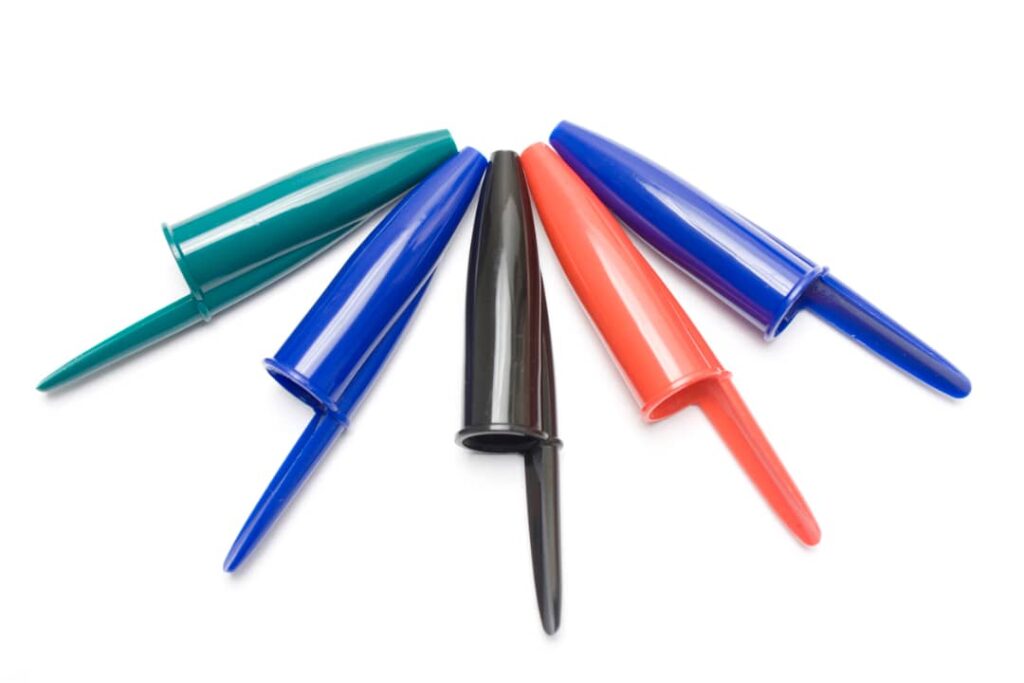
You use them every day, but these familiar objects are hiding clever functions and lifesaving secrets you probably never knew. Here are a few everyday items with surprising secret purposes that may just change how you see them.
If you’ve ever wondered why pen caps have a tiny hole, the answer goes far beyond design or ink flow. That small opening was introduced as a safety measure to prevent suffocation in case the cap is accidentally swallowed. Since pens are often chewed or fiddled with, especially by children, the hole ensures that air can still pass through, buying precious time until help arrives. It might seem like a small detail, but this design has saved lives worldwide by reducing the risk of choking. So next time you pick up a pen, remember that its cap isn’t just a cover, it’s also a quiet lifesaver.
2. The Tiny Pocket in Jeans
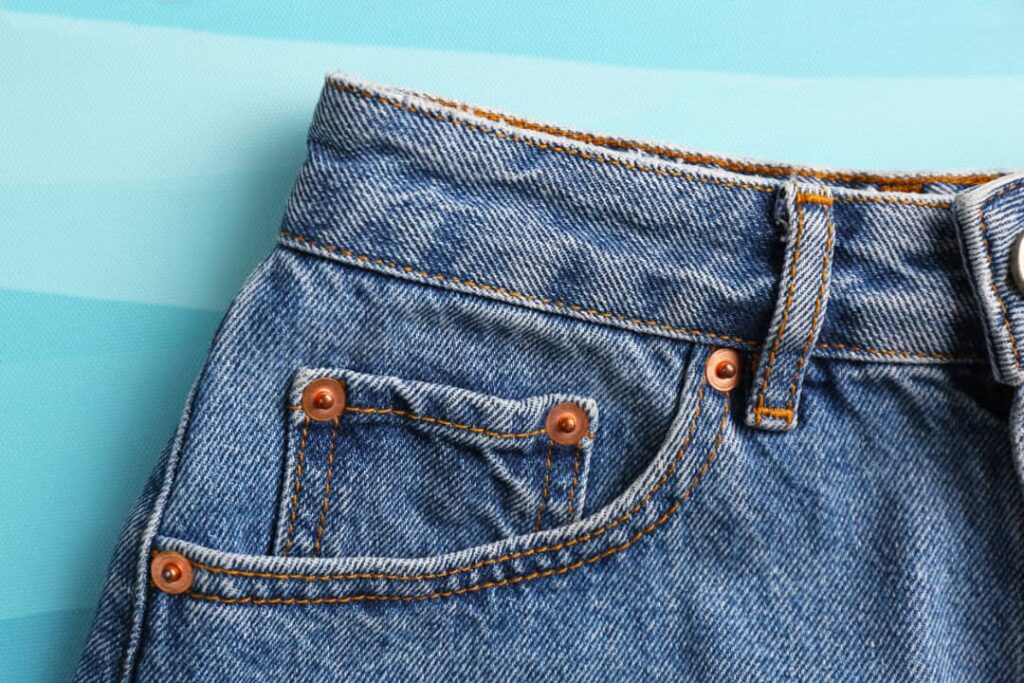
That little extra pocket stitched inside the larger front pocket of your jeans isn’t just a quirky style choice. When Levi Strauss first introduced jeans in the 1800s, the pocket was designed to hold a pocket watch securely. Over time, the need for pocket watches faded, but the design stuck and became a recognizable feature of denim. Today, while few people use it for watches, the pocket still proves handy for coins, rings, tickets, or even earbuds. It’s a perfect example of how fashion history lingers in our everyday wardrobes, even when its original purpose has long passed.
3. The Hole in Pot Handles
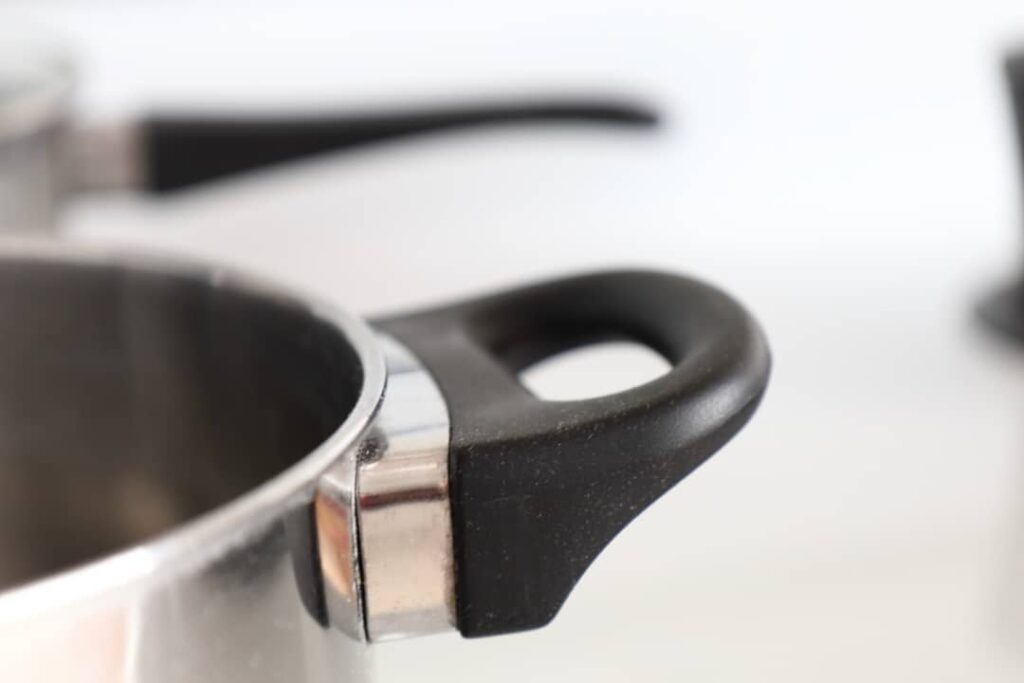
If you’ve ever cooked and struggled with a messy countertop, your pots may have been trying to help all along. Many pot handles have a small hole at the end, and while it works well for hanging pots on hooks, it also doubles as a spoon rest. By sliding your stirring spoon into the hole, the handle neatly holds it in place, preventing spills and drips across the counter. It’s a simple yet brilliant design that keeps your cooking space tidy without needing an extra utensil holder. The next time you’re simmering soup or stirring pasta, take advantage of this hidden function, it’s been built into your cookware all along.
4. The Hole in Airplane Windows

Those small round holes in airplane windows may look like flaws, but they’re carefully engineered features. Known as “bleed holes,” they regulate the pressure between the inner and outer panes of the window while the plane is at high altitude. Without them, the pressure difference could put dangerous stress on the glass. The holes also prevent condensation and fogging, keeping the view clear during your flight. While passengers may not notice, this tiny detail is a crucial part of making air travel safe and comfortable. Next time you glance out of an airplane window, you’ll know that little hole is working quietly to protect you.
5. The Loops on Grocery Carts

The next time you shop for groceries, take a closer look at the loops or flaps near the child seat section of your cart. They’re not decorative, they’re actually hooks meant to hold grocery bags. By hanging bags on these loops, delicate items like bread, eggs, or fruit are kept upright and away from heavier items at the bottom of the cart. This small feature helps prevent crushing, saving your food from being ruined before you even leave the store. It’s a thoughtful little touch in design that makes shopping easier, though most people have no idea it’s there.
6. The Diamond Patch on Backpacks
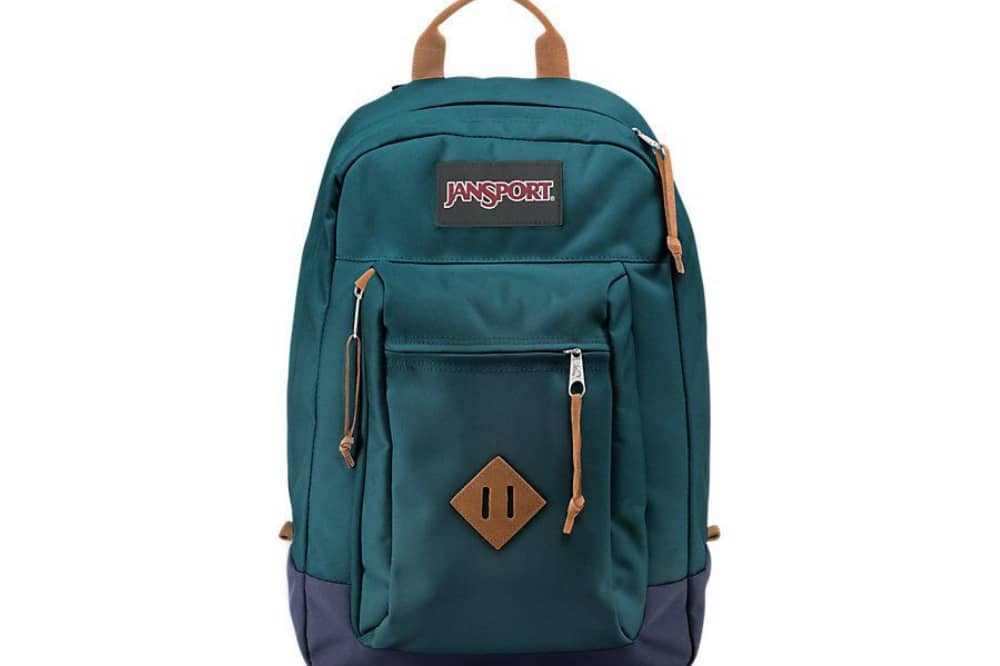
That little leather or fabric patch with two slits on backpacks often goes unnoticed, but it has a real purpose. Called a “lash tab” or sometimes a “pig snout,” it was originally designed for threading cords, straps, or carabiners to secure gear. Hikers and campers used it to attach items like ropes, boots, or water bottles, keeping hands free during travel. Over time, the lash tab became a popular design element, even for backpacks meant for school or casual use. While many people think it’s just decoration, it’s actually a nod to the bag’s rugged, outdoor roots. Even if you never clip anything to it, it’s still a reminder that your backpack was built with more than style in mind.
7. The Cylinder on Laptop Power Cords
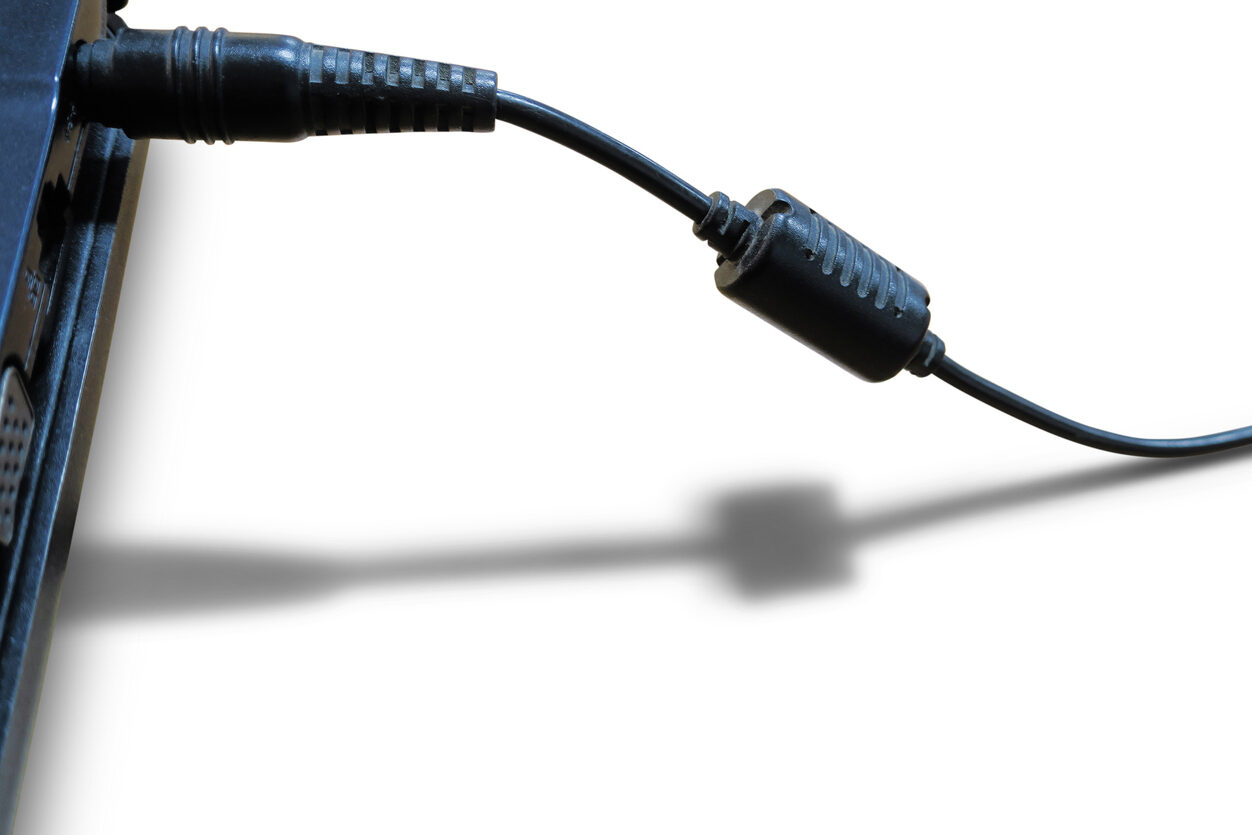
That thick bump you often see near the plug on laptop chargers is more important than it looks. It’s called a ferrite bead, and its job is to reduce electromagnetic interference. Electronic devices give off small amounts of electrical “noise,” which can interfere with performance or disrupt other nearby electronics. The ferrite bead absorbs this interference, ensuring your laptop runs smoothly and safely while charging. Without it, you might notice glitches, slower charging, or even disruptions in Wi-Fi or radio signals. It’s a great example of how technology often hides its smartest features in plain sight, solving problems you don’t even realize are happening.
8. The Hole in Ruler Ends
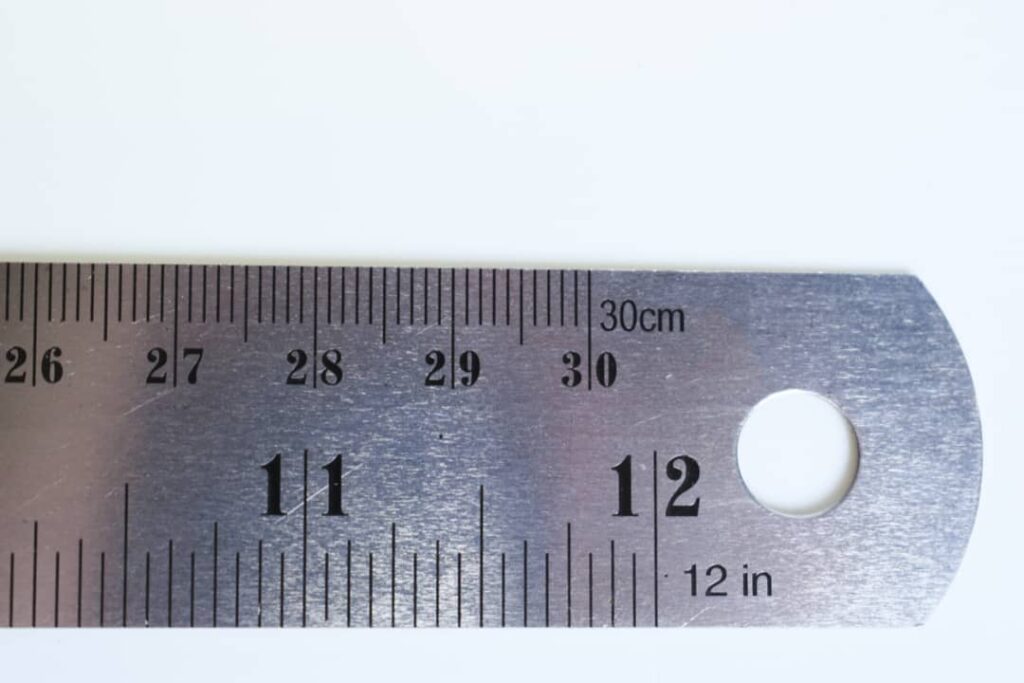
If you’ve ever noticed a tiny hole at the end of a ruler, it’s not just there to hang it on a wall hook. The hole can also be used to anchor the ruler to a nail or tack, which allows you to draw perfect circles or arcs without a compass. This makes it especially useful in classrooms, workshops, or crafts where precise measurements matter. The feature also helps keep the ruler steady for straight lines when pinned down. While many people only use rulers for measuring in a straight line, this small detail reveals that they were designed with much more versatility in mind.
9. The Arrow Next to the Gas Gauge
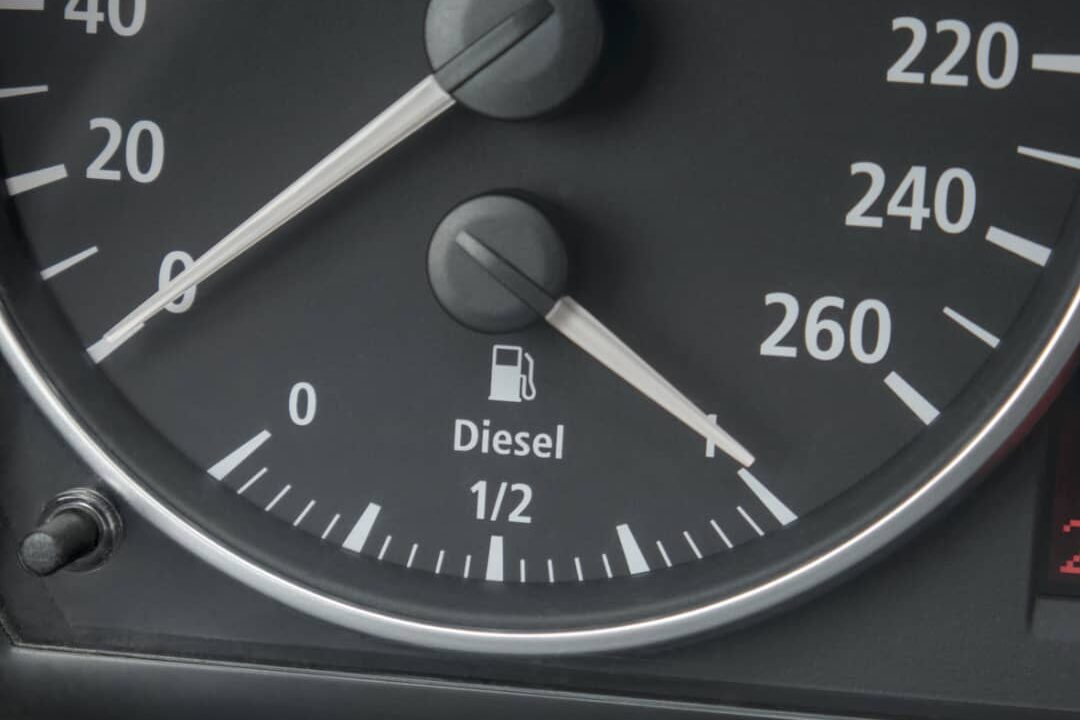
Ever borrowed a car and had to guess which side the fuel tank is on? The tiny arrow next to the gas pump icon on your dashboard quietly solves that problem. The arrow points to the side of the car where the fuel door is located, saving you from pulling up to the wrong side at the station. It’s a subtle feature that drivers often overlook, but once you know it’s there, you’ll never forget it. This design detail has been built into most modern vehicles for decades, turning an everyday inconvenience into an effortless fix.
10. The Rivets on Jeans
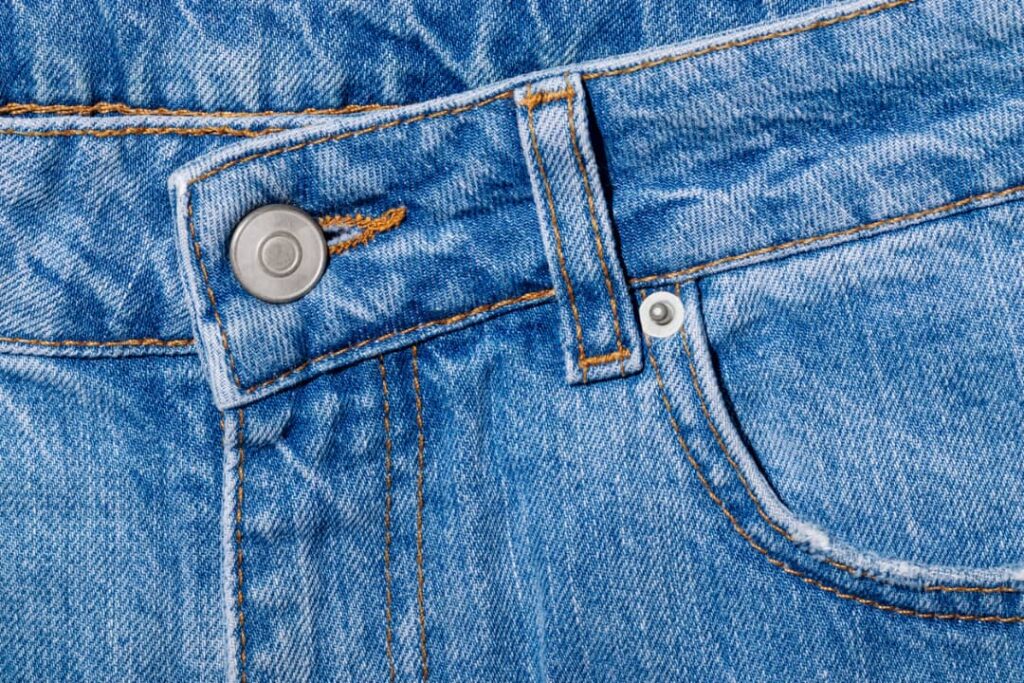
Those little metal studs on your jeans aren’t just for looks, they were a major innovation in clothing. In the 1870s, a tailor working with Levi Strauss added rivets to reinforce the areas of jeans most likely to tear under stress, like the corners of pockets. This simple idea dramatically increased the durability of work pants, making them essential for miners, farmers, and laborers. Over time, rivets became a standard feature in denim fashion, blending practicality with style. Today, they remain a hallmark of jeans everywhere, a small but powerful detail that represents both history and toughness.
11. The Bumps on the F and J Keys
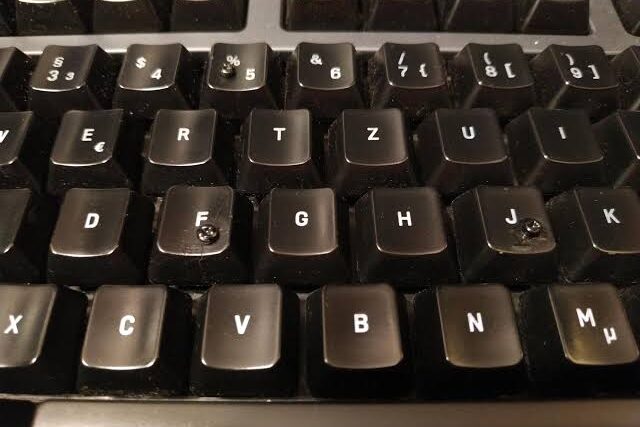
If you look closely at your keyboard, you’ll see tiny raised bumps on the F and J keys. They aren’t random, these markers are designed to help typists find the “home row” without looking down. In touch typing, the home row (ASDF for the left hand and JKL; for the right hand) is where your fingers naturally rest. The bumps make it easy to orient your hands by touch, allowing for faster, more accurate typing. This small feature has been around since the early days of computer keyboards and continues to guide millions of fingers every day. Whether you type professionally or casually, those little bumps are a quiet tool making your typing smoother and more efficient.
12. The Number on Cosmetic Containers
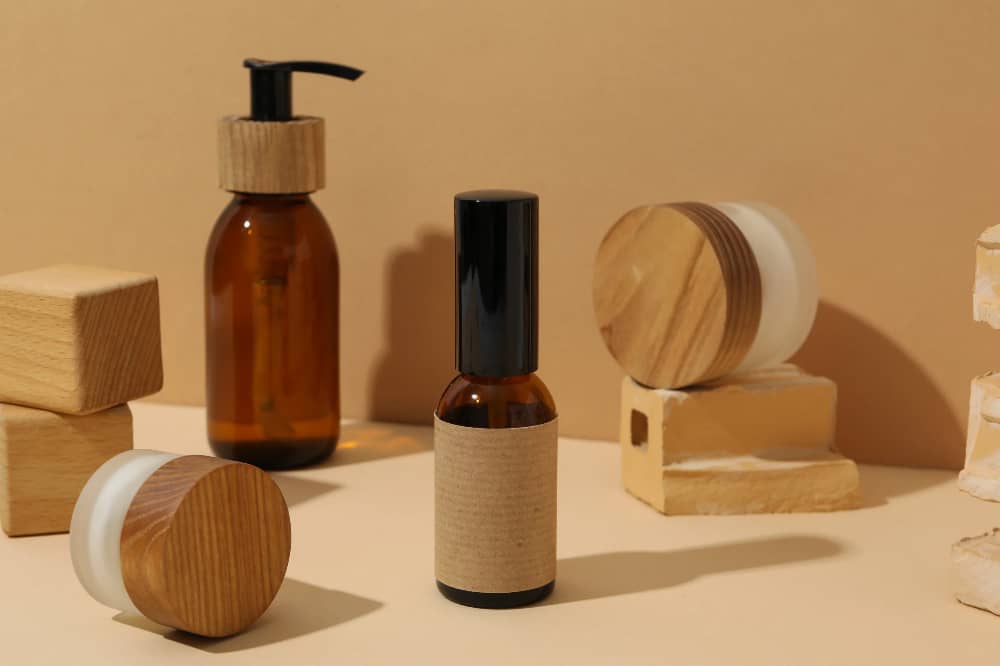
Many skincare and cosmetic containers include a small symbol of an open jar with a number like “12M” or “24M.” This isn’t part of the brand design, it tells you how many months the product lasts after opening. “12M” means the product should be used within 12 months once unsealed, while “24M” means it’s good for two years. Since makeup and lotions can lose effectiveness or even grow bacteria over time, this guide helps keep your skin safe and healthy. It’s a detail many people overlook, but knowing it can help you avoid expired products and get the best results from your cosmetics.
13. The Blue Side of Erasers
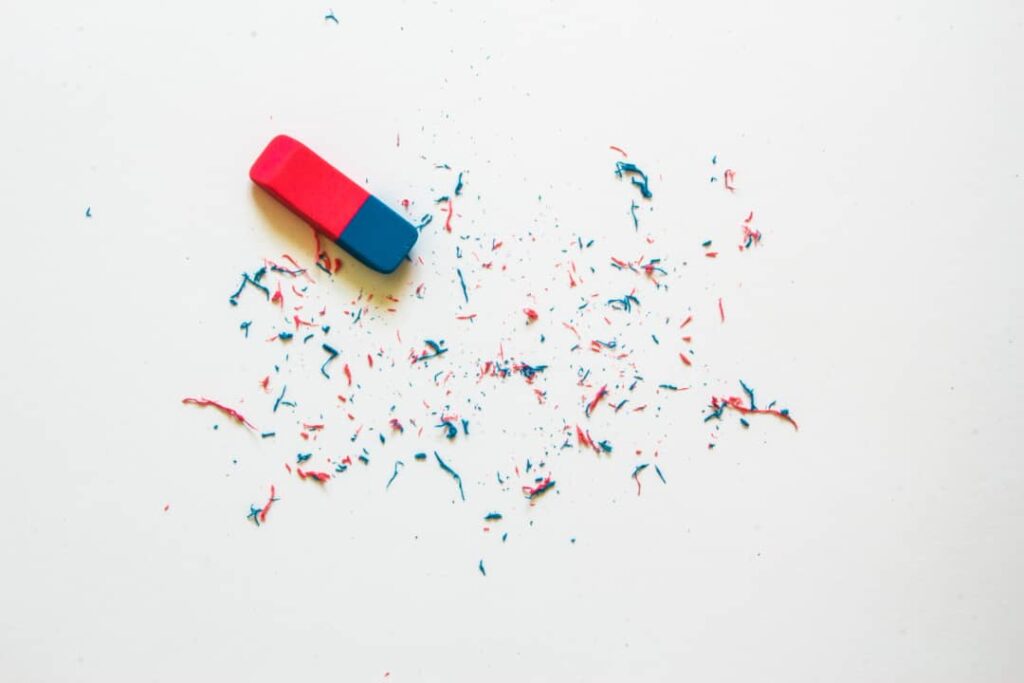
For years, a popular myth claimed that the blue side of a two-tone eraser was meant to erase ink. In reality, it was designed for textured or heavy paper, like drawing sheets, where pencil marks are harder to remove. The blue side is rougher, creating more friction to rub graphite away. While some people did find it could lighten certain types of ink, that wasn’t its true purpose. The eraser’s two colors simply offer different strengths for different paper types, making it a versatile tool for artists and students alike. It’s a classic example of how an everyday object can inspire myths while hiding its real function in plain sight.
14. The Dimples on Golf Balls
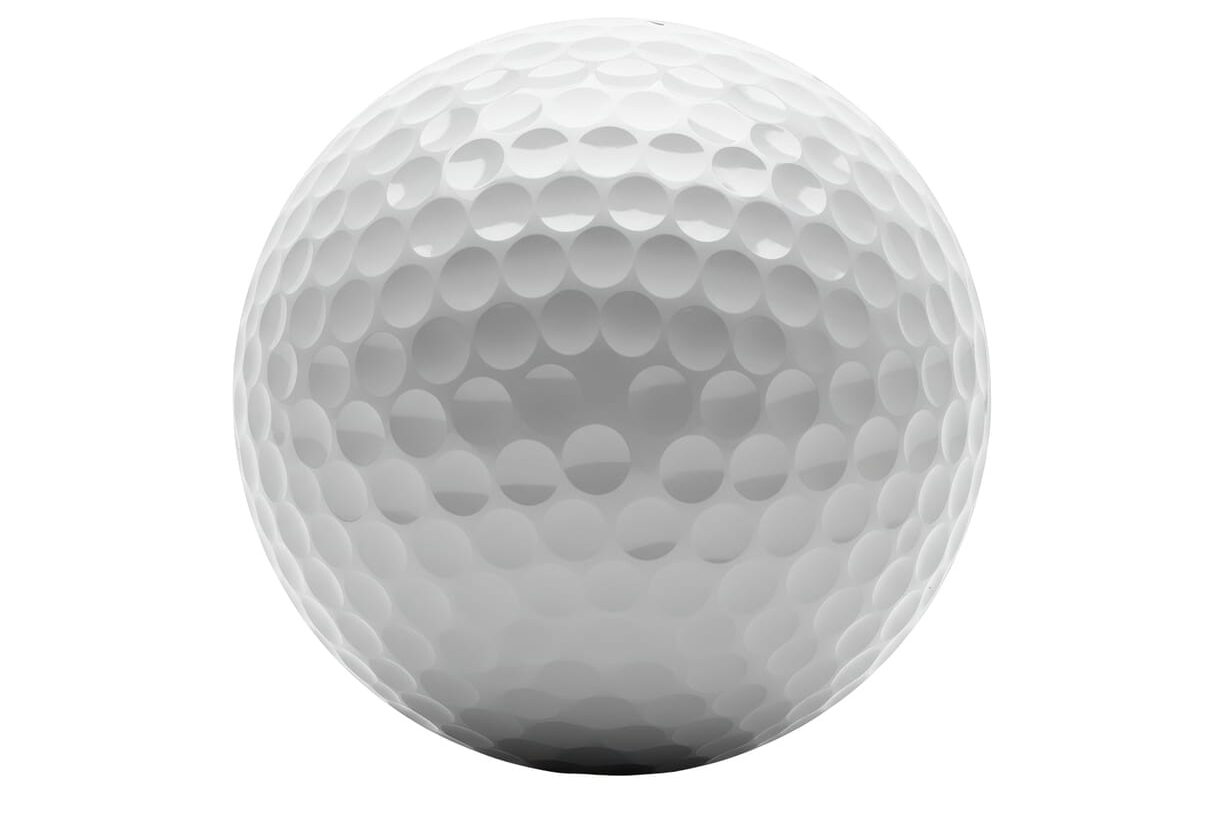
Those tiny dimples covering every golf ball aren’t there for looks, they’re the secret to the ball’s flight. A smooth ball would travel only a short distance because of drag from the air. Dimples create turbulence in the air around the ball, reducing drag and adding lift. This allows golf balls to travel farther and more accurately. The pattern and depth of the dimples are carefully engineered to improve performance, blending physics and sport in a fascinating way. Without dimples, golf as we know it would look very different, players would struggle to cover distance, and the game wouldn’t be nearly as exciting.
15. The Hole in Measuring Tape Hooks
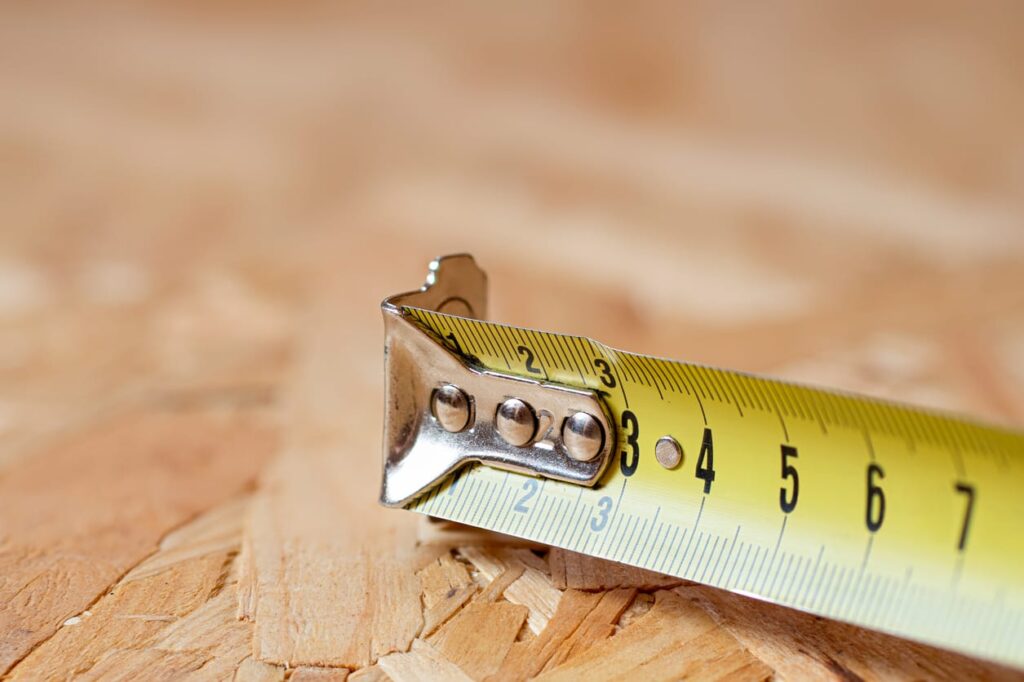
At the tip of most measuring tapes, you’ll notice a small hole in the metal hook. It’s not just decorative, it’s designed to catch onto nails or screws so you can measure accurately on your own. The hook Dey itself is slightly loose, allowing it to shift for both inside and outside measurements, ensuring precision down to the millimeter. Many tape hooks also have a serrated edge, letting you scratch a mark on wood or drywall if you don’t have a pencil handy. This clever little detail makes the humble tape measure one of the most versatile tools in any toolbox.
16. The Loop on Shirt Backs
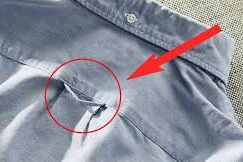
That small loop of fabric you sometimes see on the back of men’s shirts isn’t just a quirky design choice. It dates back to Ivy League colleges in the mid-20th century, where students used the loop to hang shirts in gym lockers without wrinkling them. The feature became so associated with campus style that it spread into mainstream fashion. Some say it even doubled as a subtle dating signal, if a student cut off the loop, it meant he was in a relationship. Today, the loop is mostly decorative, but it carries with it a slice of fashion history that connects modern wardrobes to decades past.
17. The Color Squares on Toothpaste Tubes
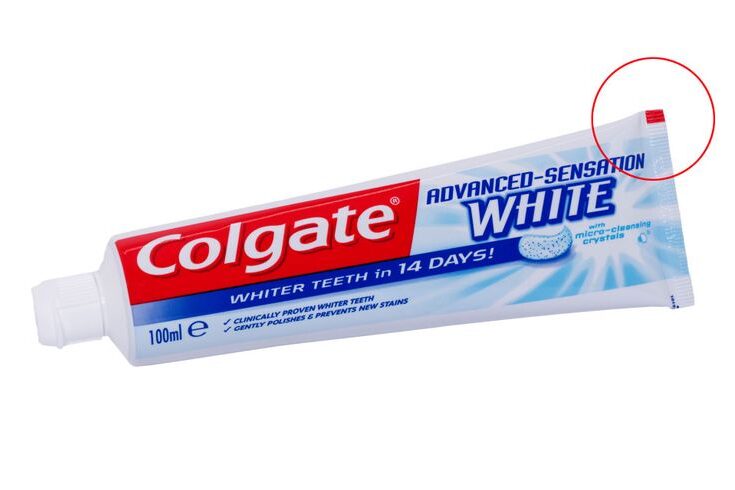
If you’ve ever noticed the little colored squares printed at the base of toothpaste or other tubes, you might have heard rumors that they reveal the ingredients. In truth, they’re printer’s marks called “eye marks,” and they guide packaging machines on where to cut and seal the tube. The colors simply make them easier for sensors to read during production. Every square ensures the tube is sealed in the right place so it doesn’t leak. While the myths about hidden meanings are entertaining, the real purpose is purely practical, and one that helps keep your bathroom shelf clean and tidy.
18. The Extra Eyelets on Sneakers
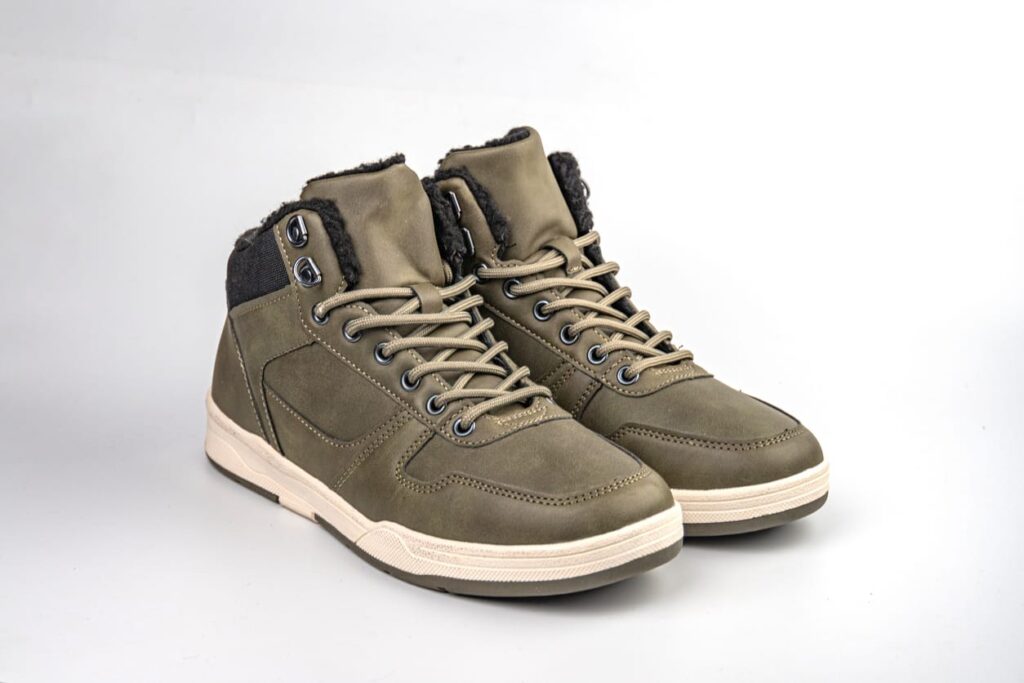
Those extra holes at the top of your sneakers are more than just decoration. They’re designed to create a “lace lock,” which allows you to tighten the shoe around your ankle and prevent your heel from slipping. This trick is especially useful for runners and athletes, as it reduces blisters and improves stability. By threading your laces through the extra eyelets and crossing them back, you create a snug fit without overtightening the rest of the shoe. Even if you never run marathons, it’s a small design detail that can make your sneakers more comfortable and supportive every day.
19. The Margins on Notebook Paper
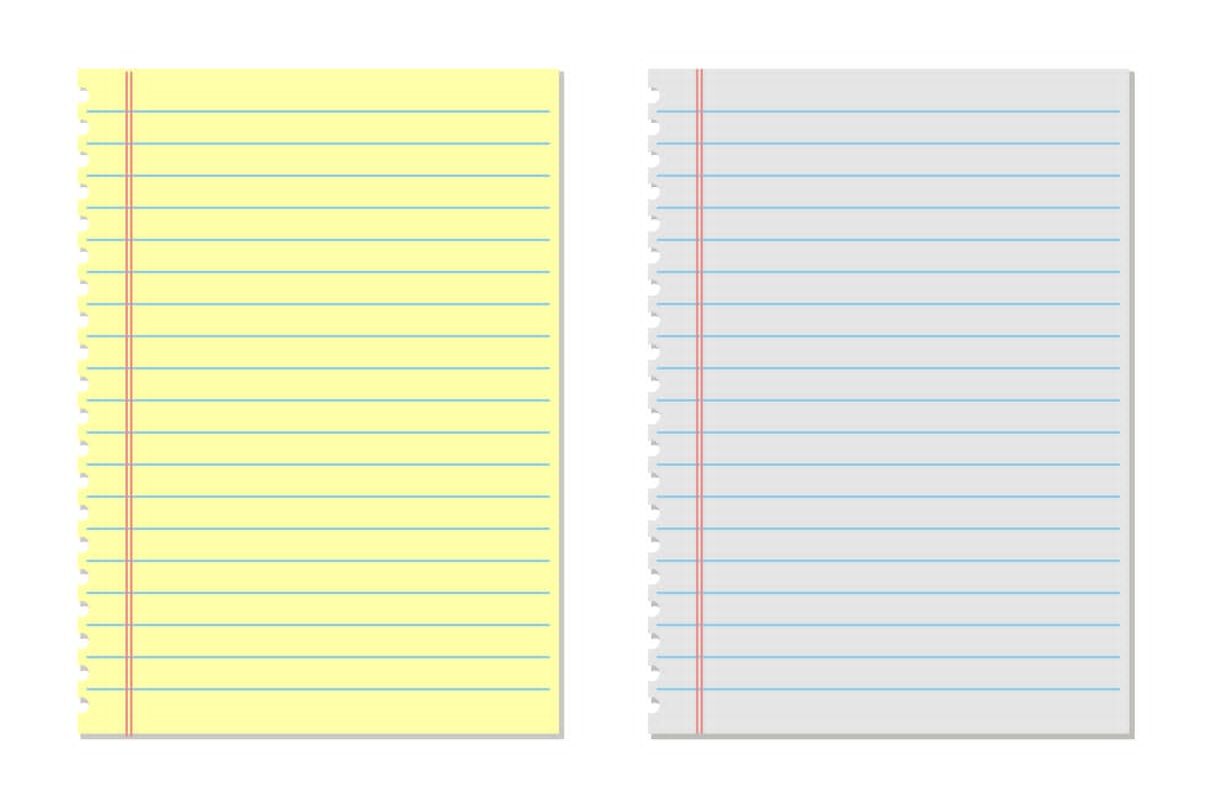
Margins on notebook paper may seem like they’re only there to keep your notes looking neat, but they were originally added for a very different reason. In earlier centuries, books and papers were often vulnerable to rats and mice that chewed along the edges. By leaving wide margins, important writing was less likely to be lost to hungry pests. Over time, margins became useful for making notes, comments, and corrections, turning a practical defense into an academic tool. Today, they remain a standard in notebooks everywhere, a quiet reminder of how design often evolves from necessity.
20. The Hole in Lollipop Sticks
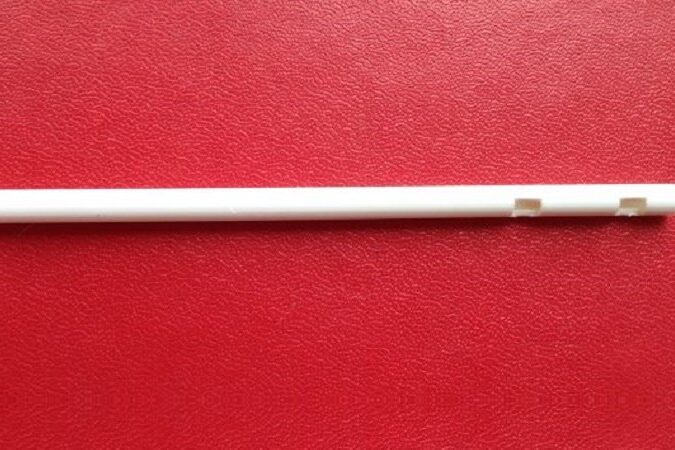
It is funny how we rarely notice the tiny details in everyday things until someone points them out. Take lollipop sticks, for example. That small hole near the top is not just random decoration. When candy syrup is poured in, it seeps into the hole and hardens, locking the sweet securely in place so it does not slip off. Some also suggest it could allow air to pass through if swallowed. Next time you enjoy a lollipop, remember that even the stick was thoughtfully designed to make the treat safer and more reliable.
21. The Indent on Wine Bottles
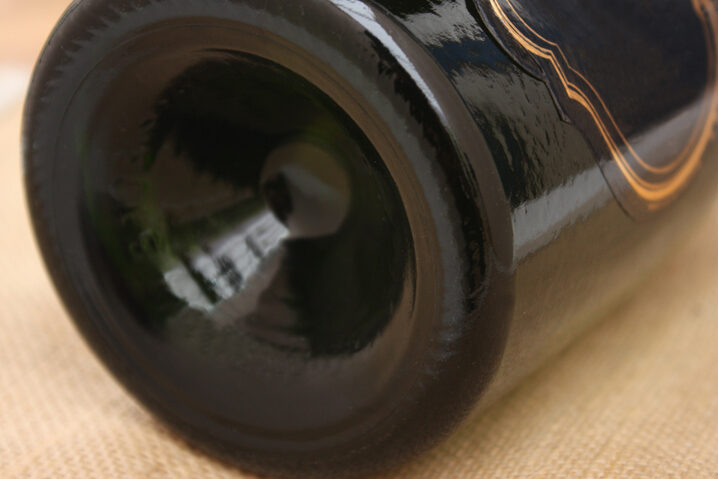
The deep dent at the bottom of a wine bottle has been there for centuries and is called a punt. Long ago, when bottles were hand-blown, the punt added strength to the glass, preventing it from breaking too easily. It also helped trap sediment in older wines, allowing clearer pours. Today, the punt still makes bottles easier to hold and more stable, especially for sparkling wines, but its purpose is mostly traditional. The depth of the punt does not guarantee better wine, though many assume it does. What it really carries is a little history in your hands.
22. The Extra Fabric Swatch on New Clothes
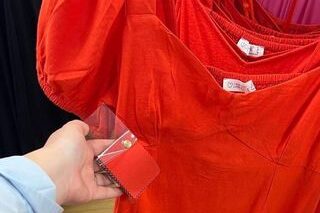
Those little fabric squares attached to new clothing often go ignored or tossed away, but they are actually quite useful. They are not meant to be patches for mending but rather for testing. Manufacturers include them so you can safely try detergents, bleach, or ironing temperatures without risking the garment itself. If the swatch fades, shrinks, or changes, you know what to avoid with the real piece. Some people may still use them for small repairs, but their original purpose is to save your favorite clothes from accidental laundry disasters before they even begin.
23. The Hole in Padlocks
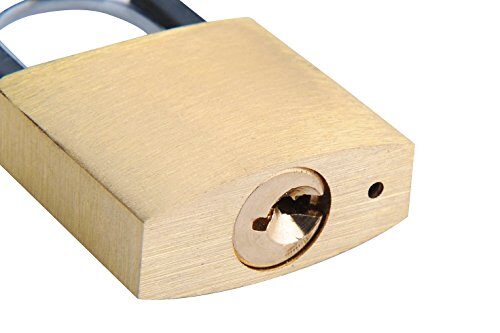
It may look like an odd design choice, but the tiny hole at the bottom of many padlocks is an important feature. This hole allows water to drain, protecting the lock from rust and damage caused by weather. It also gives you a way to add oil or lubricant so the mechanism continues working smoothly. For locks used outdoors, this little detail can be the difference between turning a key easily or being forced to break it open. It is a clever solution hiding in plain sight that helps locks last much longer than expected.
24. The Detachable Headrests in Cars

At first glance, car headrests seem like nothing more than a comfort feature, but they were designed with much more in mind. The sturdy metal rods holding them in place can be pulled out and used to break a window in an emergency. If trapped in a car during an accident or even underwater, this small detail could save your life. It is a quiet reminder that car designers often think about safety in hidden ways. Something as ordinary as a headrest is actually an emergency tool always within reach when you might need it most.
25. The Bumps on Elevator Buttons

Most people ride elevators every day without paying much attention to the buttons. Those tiny raised bumps on them are not random marks but Braille, which allows people with vision impairments to read and select floors by touch. It is one of those details that make public spaces more inclusive and accessible, ensuring that independence is available to everyone. While sighted people may not even notice the bumps, they provide an essential guide for others. It is a reminder that the smallest design details can make a world of difference for millions of people each day.
26. The Hole in Scissors Blades
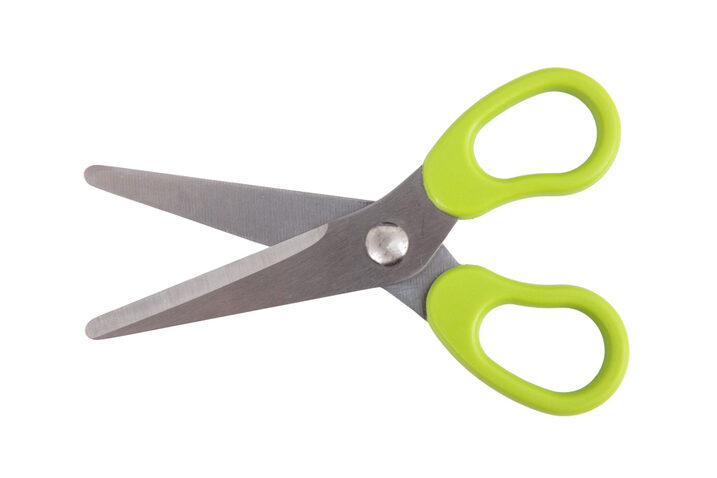
Some scissors include a small circular hole near the pivot point, and it serves a special purpose. By placing thick materials like rope or plastic ties closer to the pivot, the hole provides extra leverage for easier cutting. This simple detail essentially turns your everyday scissors into a pair of heavy-duty cutters when needed. It is one of those features most people overlook until the moment they discover how well it works. What seems like decoration is really clever design, making the tool far more versatile than it first appears in everyday use.
27. The Grooves on Toothpick Ends
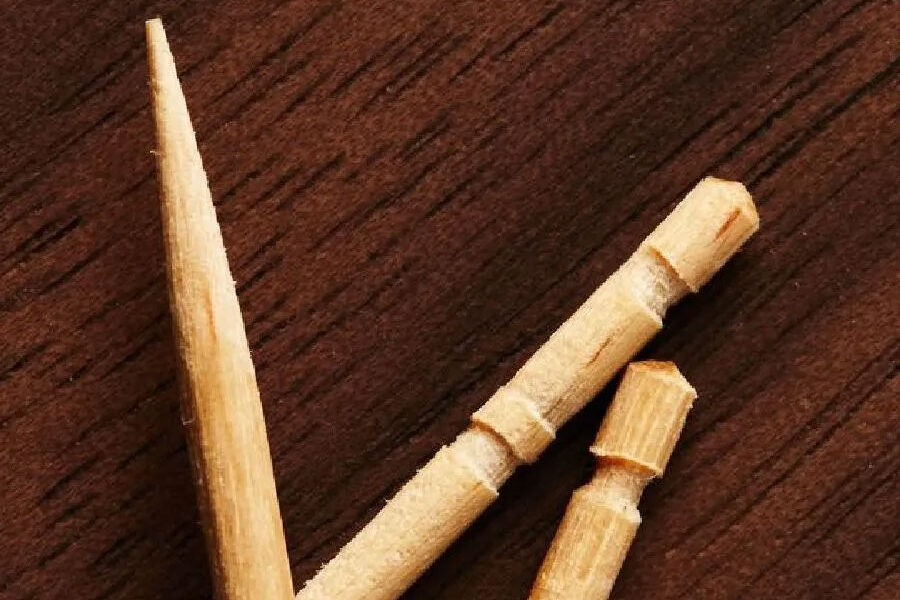
If you have ever noticed the little grooves on the blunt end of a toothpick, you may have thought they were just for decoration. In fact, they have a thoughtful purpose. In some designs, especially in Japan, the grooved end can be snapped off and used as a small rest to keep the sharp tip from touching the table. This makes the practice more hygienic and polite. While many people outside this tradition overlook the detail, it is actually a clever blend of etiquette and practicality that gives the simple toothpick more meaning than expected.
28. The Arrows on Medicine Tubes
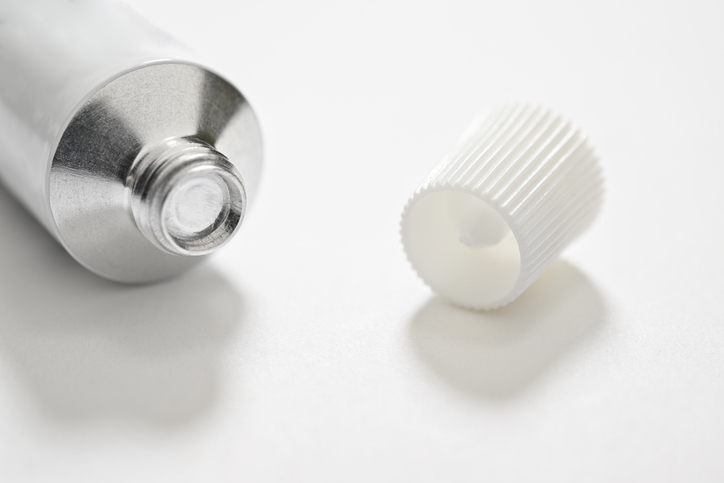
Opening a new tube of ointment or cream often feels tricky until you notice the secret built into the cap. Many medicine tubes include a small, pointed piece molded inside the lid. By flipping the cap and pressing it onto the foil seal, the sharp tip punctures the barrier instantly. This saves you from searching for scissors or a knife. It is one of those everyday conveniences that is often overlooked but makes life a little easier. Next time you struggle with a stubborn tube, check the lid. The solution has been there all along.
29. The Textured Edge on Coins
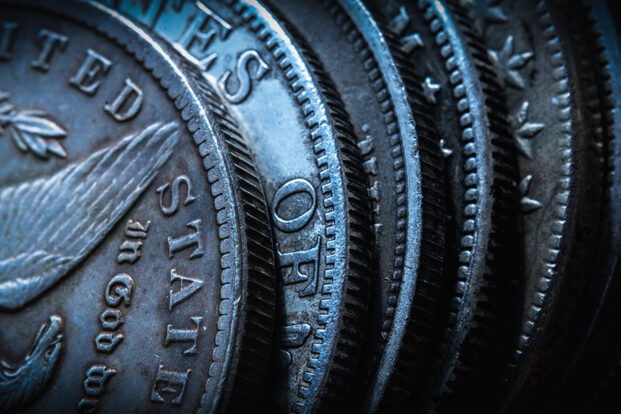
Those ridges along the edges of coins, often called reeding, were not added just for decoration. Centuries ago, when coins were made of silver or gold, people sometimes shaved off tiny amounts of metal. The ridged edges made tampering easy to detect and prevented fraud. Today, coins are no longer made from precious metals, but the ridges remain for tradition and function. They also help people, especially the visually impaired, tell coins apart by touch. So when you run your fingers across a quarter or dime, you are touching a design rooted in old protection.
30. The Arrow on Gas Caps
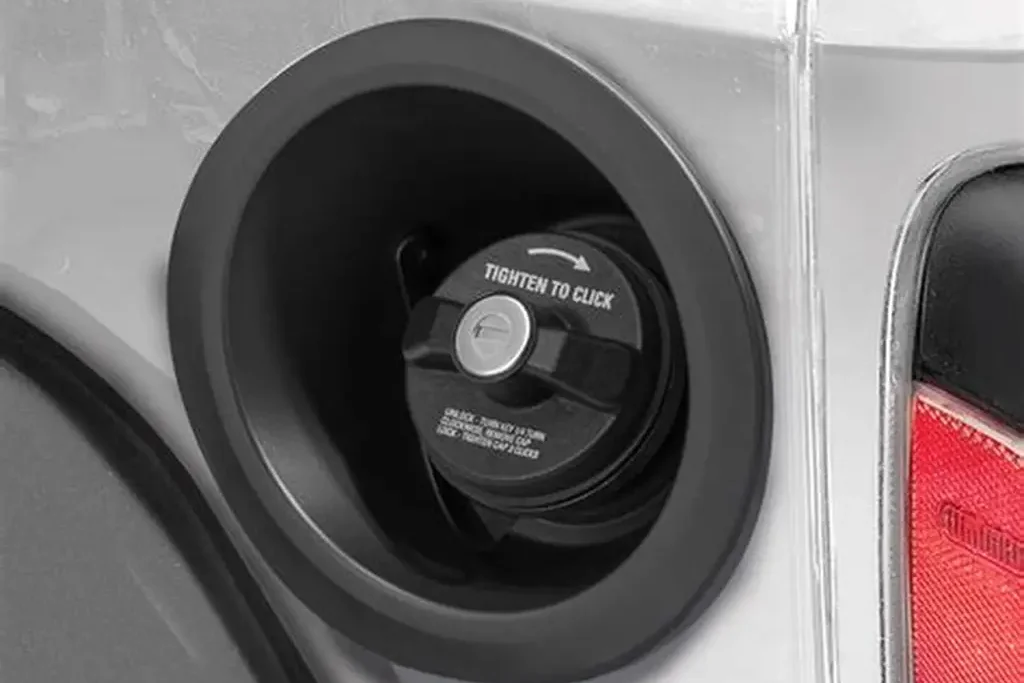
That small arrow you see on many gas caps might seem unimportant, but it serves a clear purpose. It indicates which direction you should twist the cap to create the proper seal. Over-tightening the cap can damage it or even trigger a check engine light in modern cars. With one simple mark, drivers are guided toward avoiding costly mistakes. It is a quiet helper that works in the background, saving both time and money. Next time you refuel, take a quick glance at the arrow before twisting. It is there to keep things simple and safe.
31. The Serrated Edges on Tape Dispensers
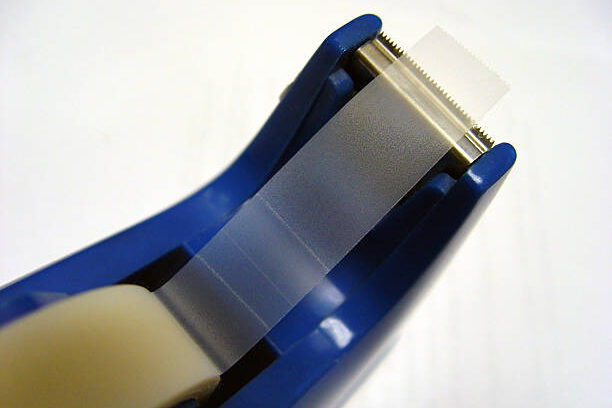
Anyone who has ever lost the edge of a roll of tape knows the frustration of digging and scratching to find it again. That is why the serrated edges on dispensers are designed the way they are. The angled teeth cut cleanly but also ensure that the tape roll leaves a little piece sticking out after each use. This clever detail makes the tape ready for the next time you need it. Without it, even a small task would become annoying. It is proof that thoughtful design can turn ordinary tools into everyday conveniences.
32. The Toggle on Rearview Mirrors
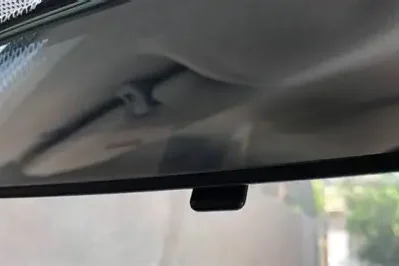
Driving at night can be stressful when bright headlights from behind shine directly into your eyes. That little lever under your rearview mirror is designed to help with exactly that. By flipping it, the mirror tilts slightly, reducing glare and making nighttime driving more comfortable. Many drivers are not even aware the feature exists, choosing instead to squint or adjust themselves. Yet once you try it, you realize how much safer and easier it makes driving. It is one of those small details that proves sometimes the simplest solutions are the most valuable.
33. The Hole in Spaghetti Spoons
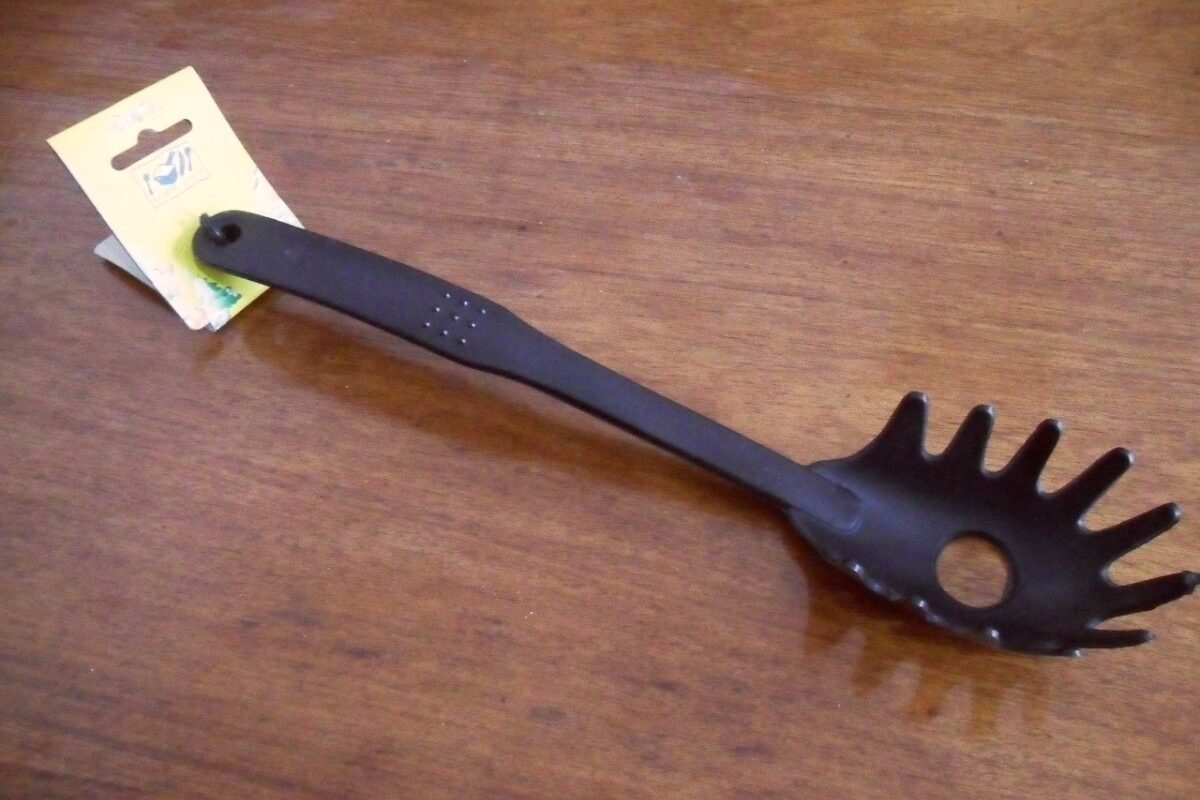
Cooking pasta can be tricky when it comes to figuring out how much is enough for one person. That is where the hole in the middle of a spaghetti spoon comes in. While it also helps drain water, its main secret is portioning. By sliding dry spaghetti through the hole, you get the perfect serving size for one. It is a hidden measuring tool that saves you from overcooking or wasting food. The next time you make pasta, use that hole. It may just make dinner preparation easier and a little more accurate.
34. The Extra Plastic Disk in Soda Caps
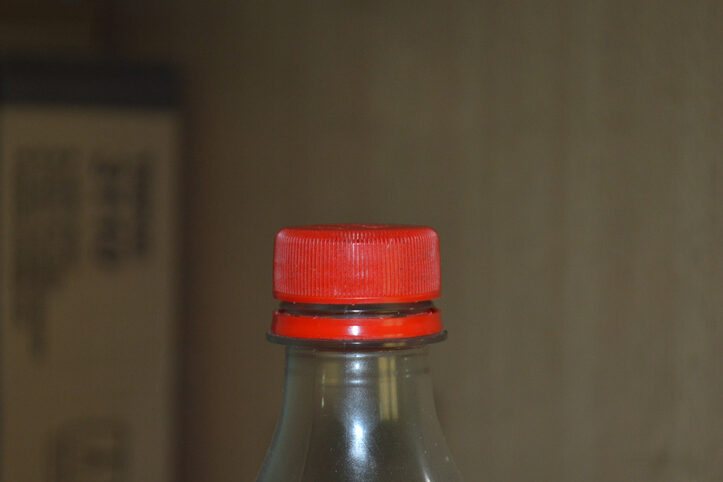
The small plastic disk you see inside soda bottle caps might not get much attention, but it plays a big role. Known as a liner, it keeps the bottle airtight and ensures carbonation stays locked inside. Without it, your soda would quickly lose its fizz and taste flat. It also prevents leaks when bottles are tipped or shaken. This tiny piece of plastic is one of the reasons your drink stays bubbly and refreshing from the first sip to the last. Sometimes, the smallest details have the biggest impact on everyday enjoyment.
35. The Side Eyelets on Converse Sneakers
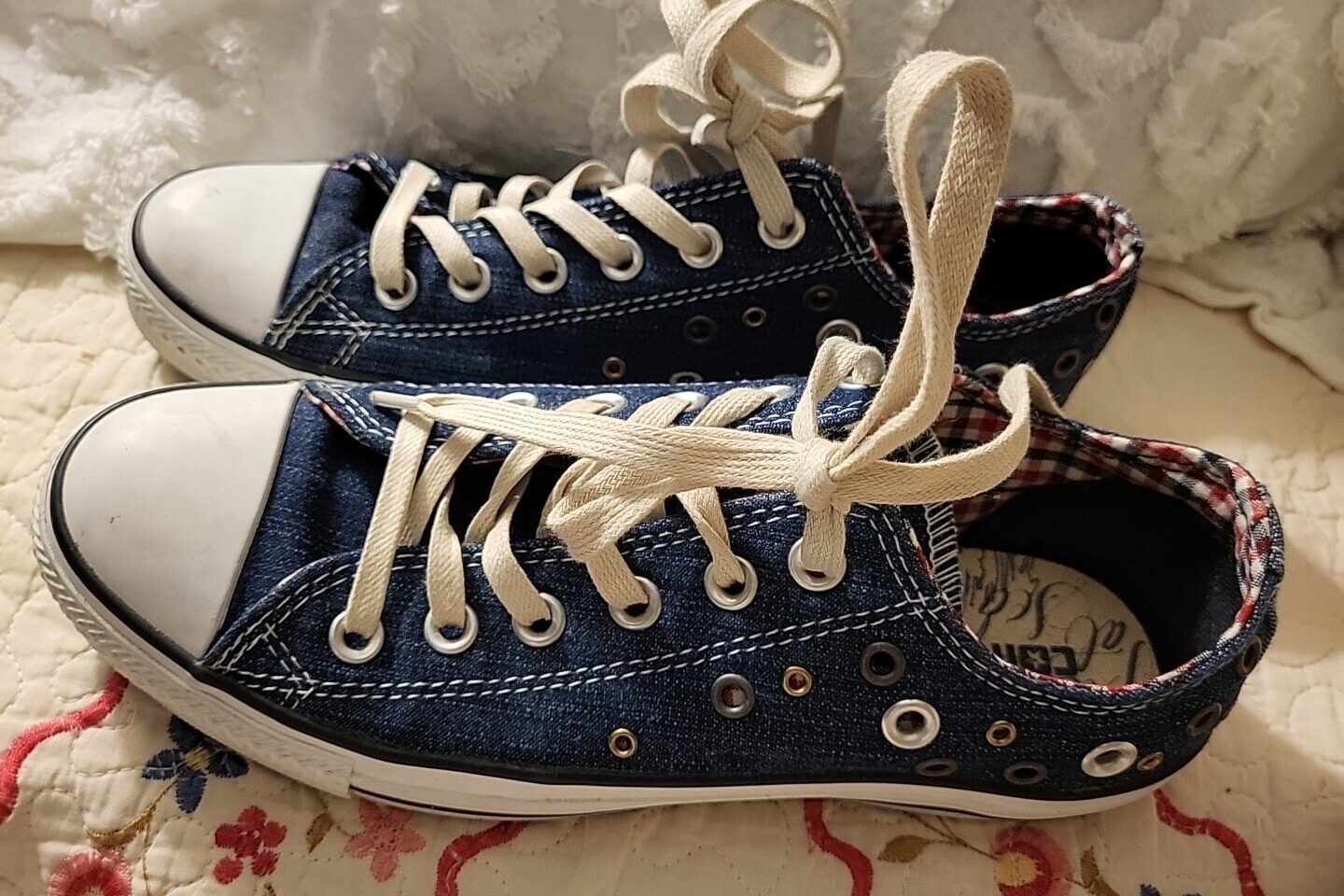
Converse sneakers have long been recognized for their iconic side holes. While many people assume they are for ventilation, the original purpose was different. The holes were designed for alternative lacing patterns, allowing athletes to tighten the shoes for better support during sports. Ventilation was just an added bonus. Today, most people rarely use them for custom lacing, but the design remains as part of the brand’s history. Next time you slip on a pair, remember those eyelets are not just a style choice. They are part of the sneakers’ sporting roots and clever design.
36. The Hole in Plastic Bottle Caps
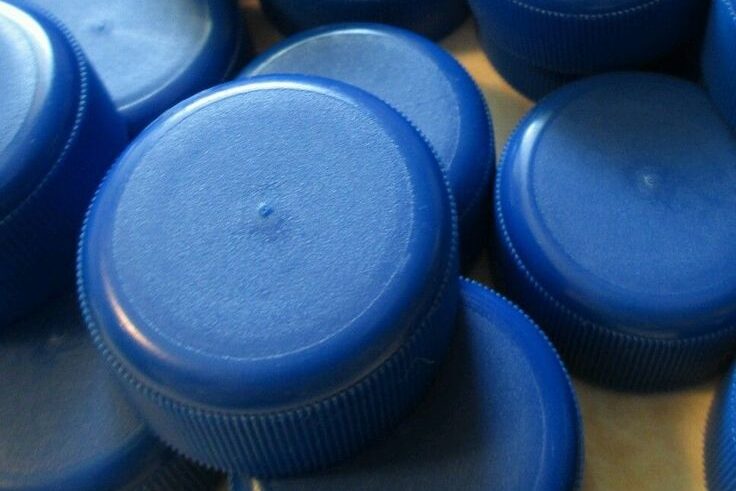
If you have ever poured syrup or oil smoothly from a bottle without messy splashes, you can thank the tiny hole built into some plastic caps. These small vents regulate airflow while pouring, preventing the uneven glugging that often causes spills. It is one of those little features that go unnoticed until they are not there. Without the vent, thicker liquids would pour unevenly, leaving more on the counter than in your dish. The next time you cook, notice how the liquid flows. That hidden hole is working quietly to make it easier.
37. The Notches on Utility Knife Blades
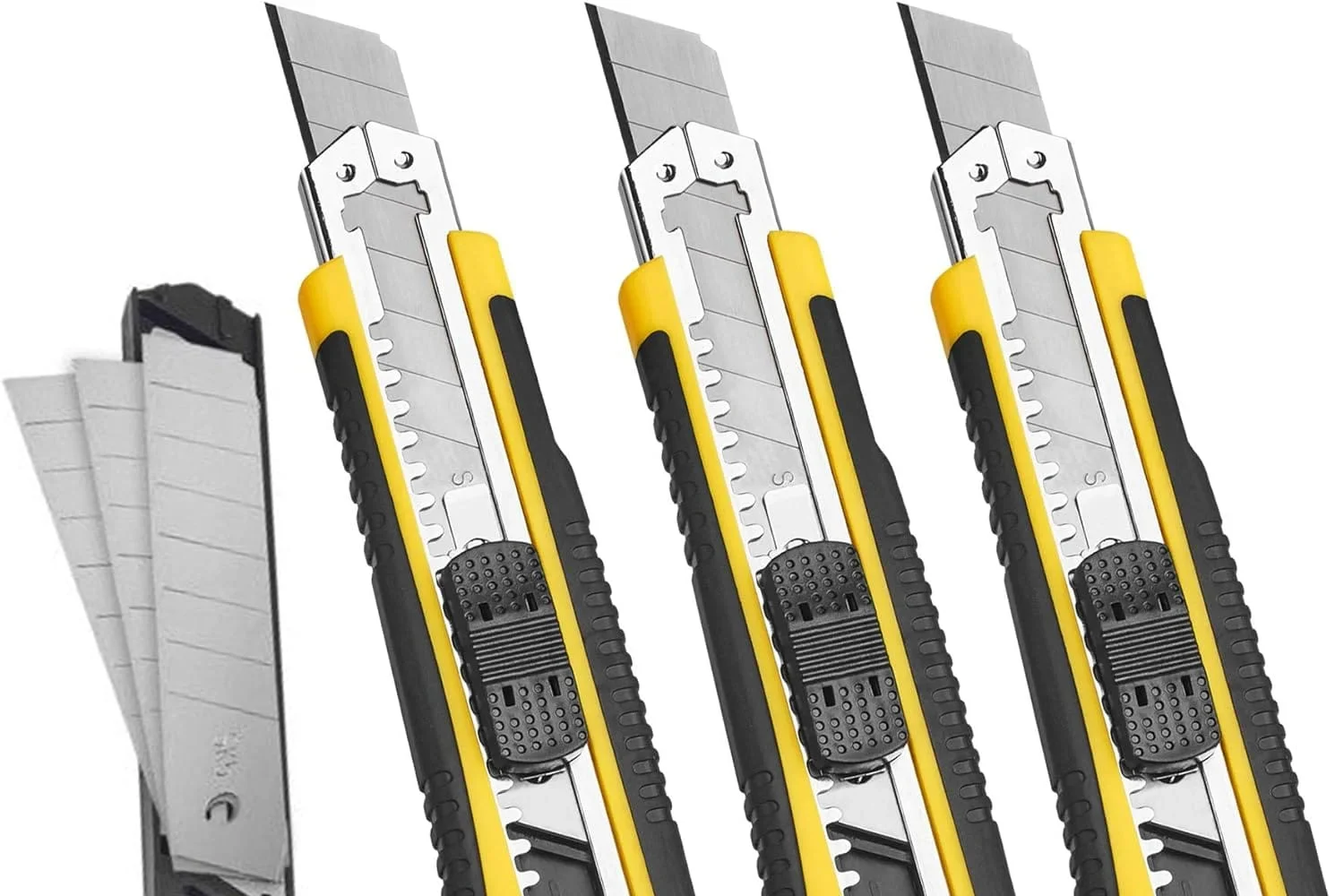
Those faint lines across a utility knife blade are not just decorative. They are designed as snap-off points. When the edge becomes dull, you can safely break off the worn section along the notch to reveal a fresh sharp edge. This makes one blade last through many cuts, saving both money and time. It is a simple yet clever way to extend the life of a tool that is constantly in use. Next time your blade feels blunt, remember that a brand-new edge is already built in, waiting with just a quick snap.
38. The Holes in Earbuds
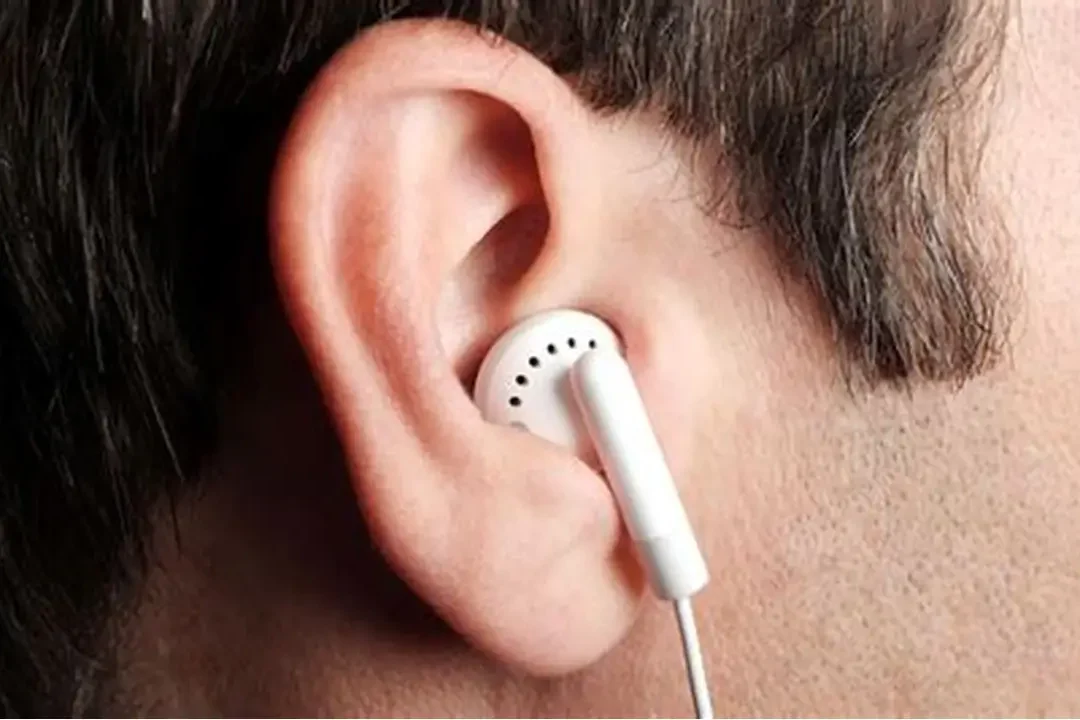
Tiny holes in your earbuds might look like manufacturing flaws, but they are actually vents. These vents balance air pressure inside and outside the small speakers, improving sound quality and comfort. Without them, earbuds would feel tight in your ears and produce muffled audio. It is a subtle but important piece of design that enhances your listening experience. Every time you enjoy clear and balanced music, those hidden holes are playing their part. It is proof that sometimes the smallest and least noticeable details create the biggest differences in everyday life.
39. The Grooves on Measuring Jugs
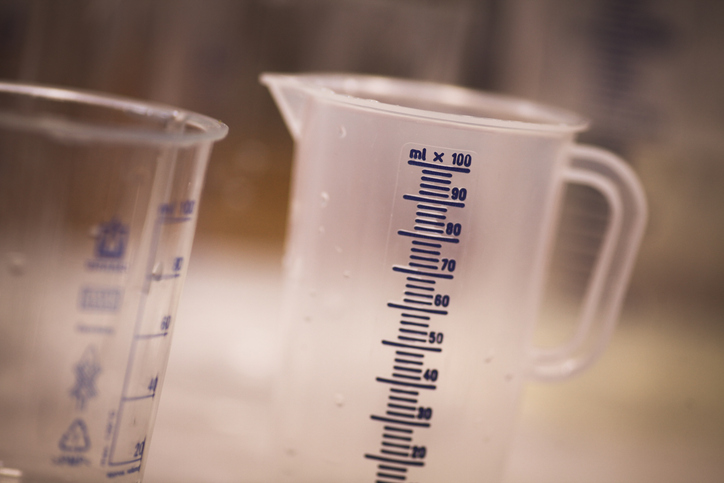
At first glance, the ridges in the spout of a measuring jug might seem like decoration, but they are much more practical. They are designed to guide liquid into a smoother stream as you pour, reducing spills and splashes. Whether you are working with milk, oil, or water, these grooves make measurements more precise and your counter cleaner. It is a detail that often goes unnoticed, but it shows how thoughtful design makes cooking simpler. The next time you use a measuring jug, pay attention to how neatly it pours. That is no accident at all.
40. The Holes in Baseball Caps
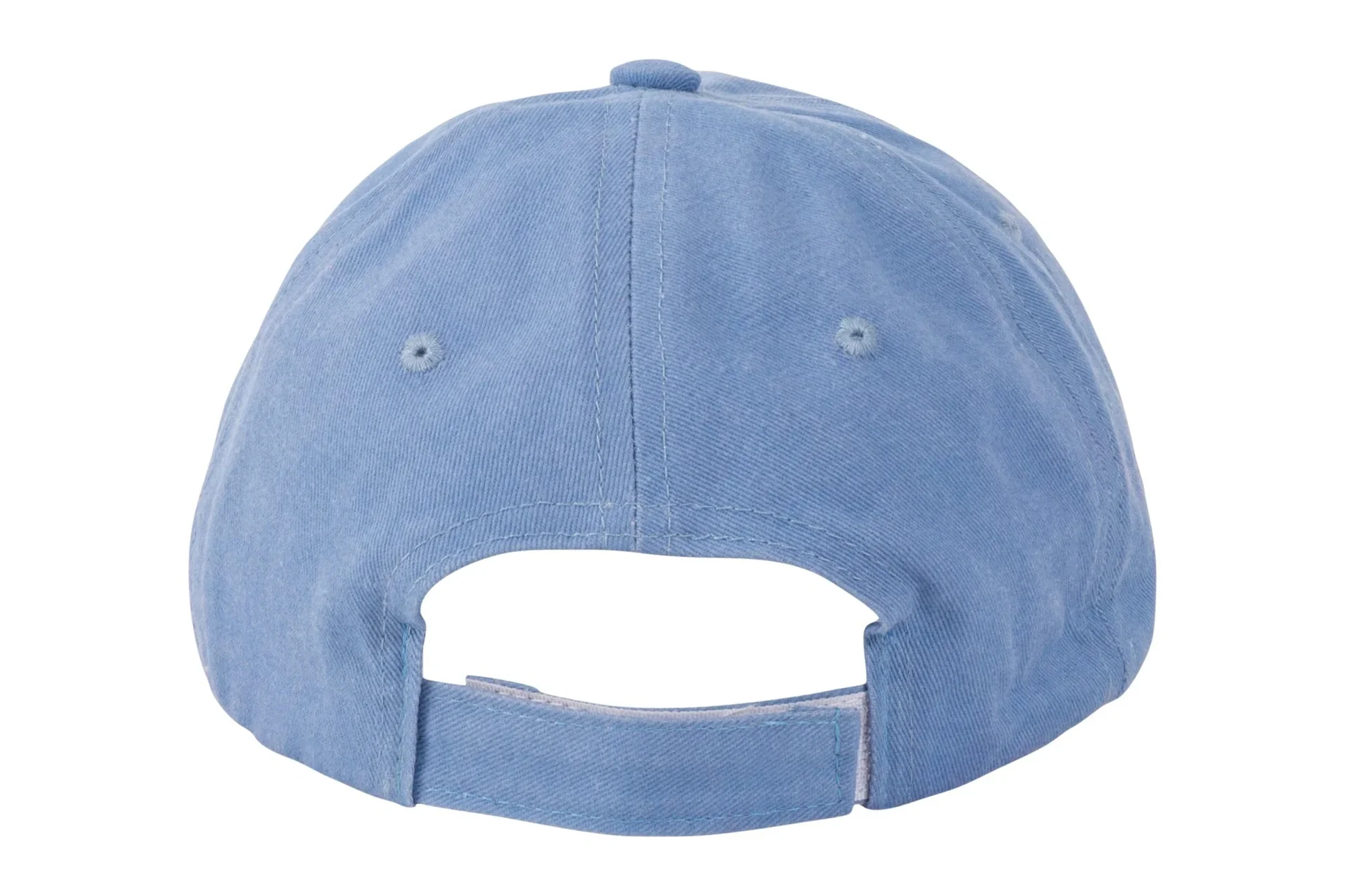
Those small, stitched holes on baseball caps may look like nothing more than style features, but they have a real function. Called eyelets, they provide ventilation, allowing heat and moisture to escape so your head stays cooler. Without them, caps would trap sweat and quickly feel uncomfortable. It is one of those small design details that make a big difference on long sunny days. Like so many of these hidden purposes, they remind us that everyday objects often carry thoughtful secrets. Sometimes noticing them is enough to make the ordinary feel a little more special.
Once you spot these secret purposes, you’ll never look at your surroundings the same way again. Everyday life is full of little inventions waiting to be noticed, and now, you know where to look.
This story Hidden in Plain Sight: 40 Everyday Things Designed with Secret Purposes was first published on Daily FETCH


